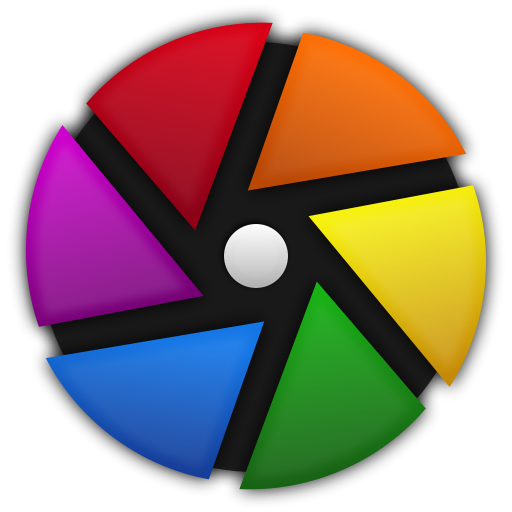Very true. I just installed LineageOS 22 on a Pixel 2 XL, and on top of being significantly more performant and efficient (as well as app compatibility going up from being on a newer Android version), I have more refined options for features such as the “squeeze for assistant” (I can change more of those settings, as well as even make it not bring up an assistant at all but do something else) and notification light. That much is very cool to see.
And yes, I’d also love to see Linux phones take off, and worst-case scenario, this might end up being the big push for that. After all, Linux on ARM saw a very similar push with Asahi Linux after Apple switched to ARM processors, then the Steam Deck arrived and changed much of the PC gaming landscape. Both of these factors, as well as how Android phones have gotten increasingly capable, point towards Linux phones potentially being the answer in ways even peak Android might’ve been unable to achieve.












While it’s obviously sad to see devices lose support, Android 5, 6, and 7 came out ±10 years ago. If you’ve been running those Android versions on a device as your primary driver for this long, you’ve already missed out on a decade’s worth of software and security updates.
At this point in time, assuming your battery hasn’t given out and still lasts <2 hours (trust me, I have an iPhone SE 2016 I’d love to use as an MP3 player, but I’d need to replace the battery first to get any meaningful usage out of it), if you still don’t want to/can’t upgrade your device to a new phone…
…It might be (long past) time to upgrade to a new OS such as LineageOS. Even if your device can’t reach the latest Android 15 or 16, newer “custom operating systems” can oftentimes be even better than the original. This is speaking from a Pixel 2 XL owner who recently upgraded it from the long-discontinued Android 11 to the newest Android 15, now getting significantly better battery life and performance on top of a beautiful near stock experience.